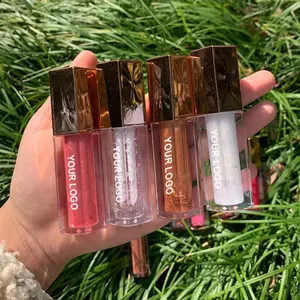
Chất lượng cao long lanh Son bóng bán buôn số lượng lớn không thấm nước thuần chay Hữu Cơ nhãn hiệu riêng Son bóng En gros tốt nhất Matte Son môi lỏng


Nhà Máy Bán Buôn Tàn Ác Miễn Phí Lỏng Lipgloss Lâu Dài Không Thấm Nước Tùy Chỉnh Matte Son Môi Lỏng
Sẵn sàng vận chuyển


Nhãn hiệu riêng bán buôn cao sắc tố rõ ràng long lanh Lip Gloss Vegan biểu tượng tùy chỉnh giữ ẩm Ánh sáng lung linh Glossy Son môi lỏng



Ochain Chất Lượng Cao Ăn Chay Và Tàn Ác Miễn Phí Với Logo Và Tùy Chỉnh Hộp Mờ Son Môi

Sẵn sàng vận chuyển


Son Lì Chất Lượng Cao Cấp Super Stay Matte Lipstick No.1 Với Tính Năng Chống Thấm Nước Tự Nhiên Từ Thái Lan






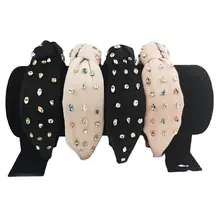



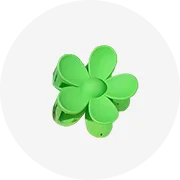
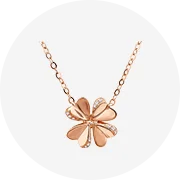
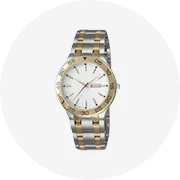












 浙公网安备 33010002000092号
浙公网安备 33010002000092号 浙B2-20120091-4
浙B2-20120091-4